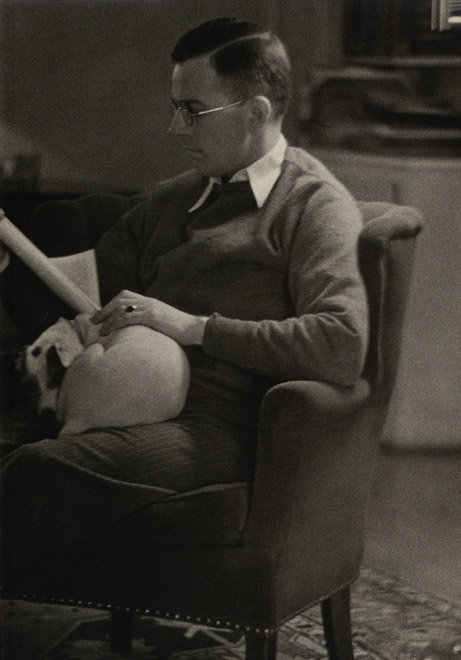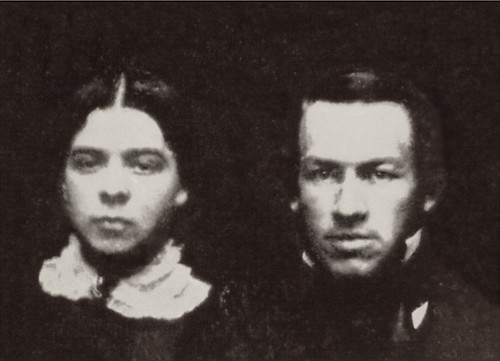
This is my great great grandfather. He was the first of six consecutive Philip Henry Powers,
seen here with his wife Roberta Mackey Smith Powers. They were married in 1852, so this
daguerreotype photo is from the early 1850s. Philip was a school teacher and tutor. His line
of Powers had come to Virginia sometime before 1750, and the Smiths for generations before that.
Their town of Berryville was in northernmost Virginia, twenty miles more northern than Washington, DC.
Even though all of Virginia's northern counties voted against seceding from the Union, the majority of
Virginia's counties voted to secede. Thus, when the Civil War began, all of the young men in Philip's town
were recruited into the Confederate army. Had he lived only twenty miles further north, over the state line,
he would have been recruited into the Union army. He served from the beginning to the end of the Civil War
and survived (fortunately for us, because his son Philip Henry Powers II wasn't born until after the Civil
War). Mom's great grandfather William Thompson fought for the Union, and did not survive the war.
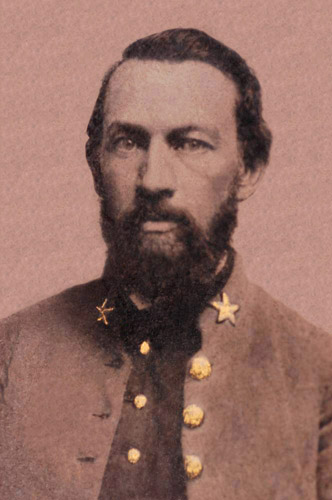
Major Philip Henry Powers, CSA. Instead of fighting battles, he was the Quartermaster for J.E.B. Stuart's
cavalry. The job of the Quartermaster was to procure all necessary supplies for his calvary unit.
After the war, Philip returned to being a school teacher, and he and Roberta had five
more children, for a total of nine. Philip Henry Powers II was their seventh child.
My dad was the 4th Philip Henry Powers. Brother Skip is the 5th, and his son Chip is the 6th P.H.P.
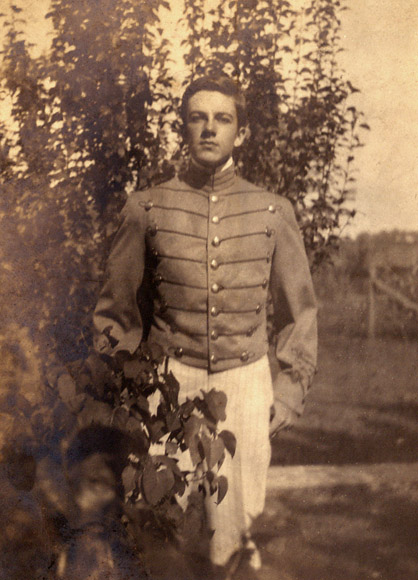
Grandfather Powers ("G-Pa" as we knew him) was the 3rd Philip Henry Powers, born in 1893.
Here he is as a Freshman at the Virginia Polytechnic Institute, which was a military academy.
Philip's major was Electrical Engineering and he was an instructor in the Electrical Lab.
He reached his highest rank of Captain, and was the Captain of his Company, Company C.
He was also Editor-in-Chief of The Bugle, VPI's yearbook, and was one of its illustrators.
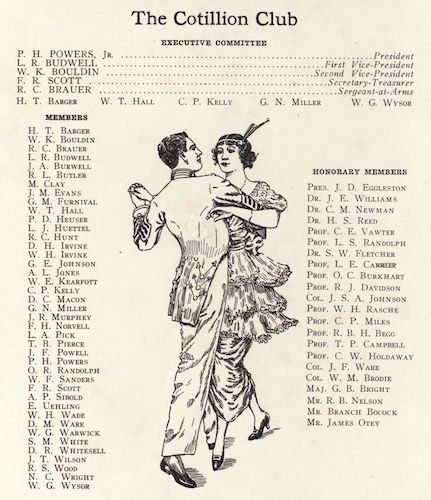

Captain Powers was the founder and first President of the VPI Cotillion Club, which continued
for three more generations at VPI. (Engineer, teacher, dancer, and artist. What a combination!)
Noting that the cadet in the above illustration is wearing the three Captain stripes, we wonder if
the drawing is supposed to be portraying Philip. It looks like they're dancing a ragtime One-Step.
Philip was also voted "Brainiest Cadet" and "Handsomest Cadet" of his graduating class of 1914.
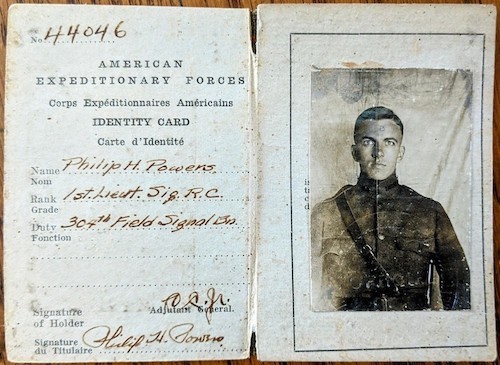
During World War I, Philip was Commander of the Field Signal Battalion, in northern France, on
the Western Front. To see a web page of Philip's role in the Armistice of World War I, click here.
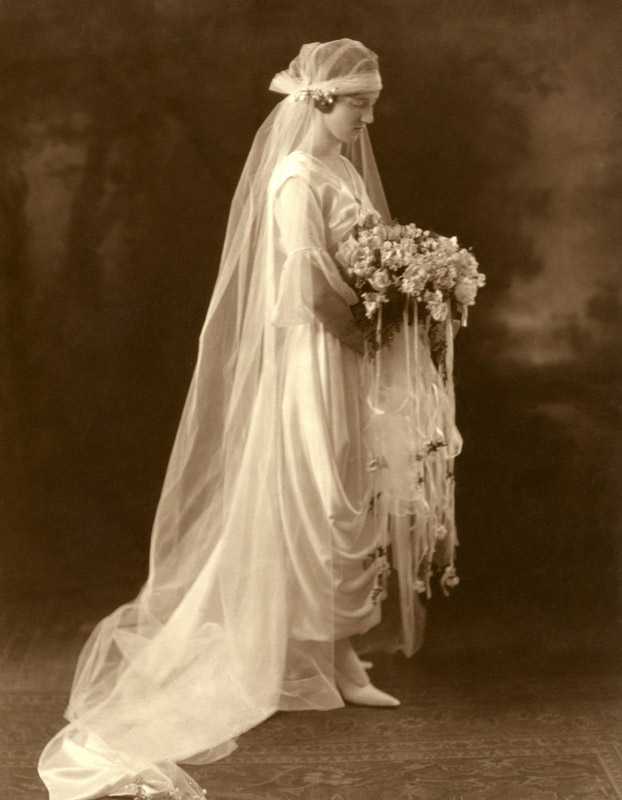
G-Mom, Margaret Scott Powers, in 1920
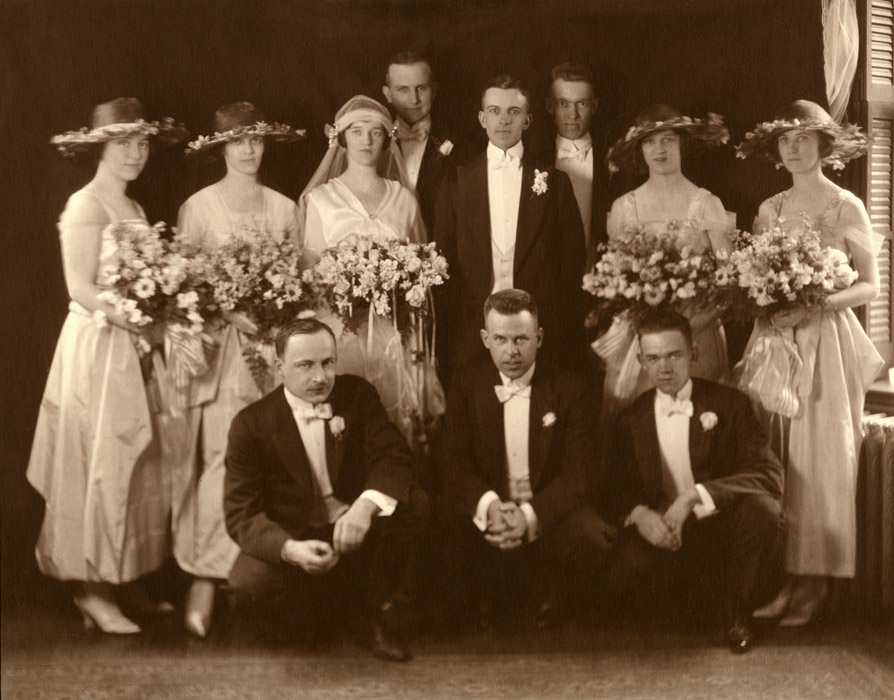
Their wedding, April 17, 1920.
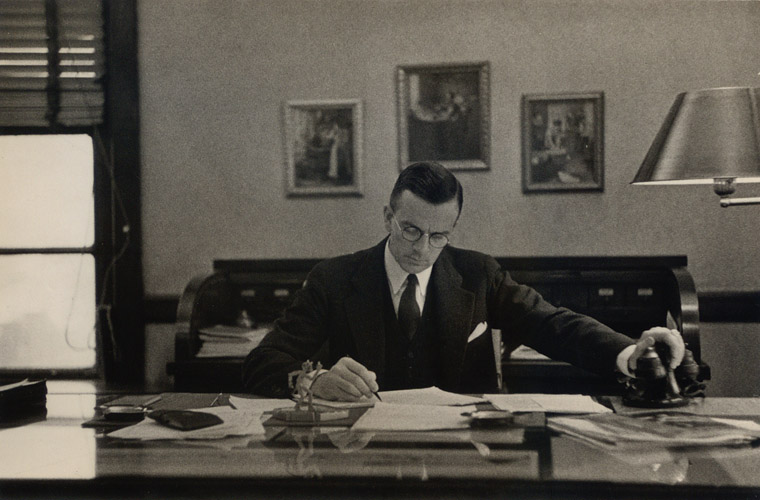
G-Pa become President of the West Penn Power Company.
